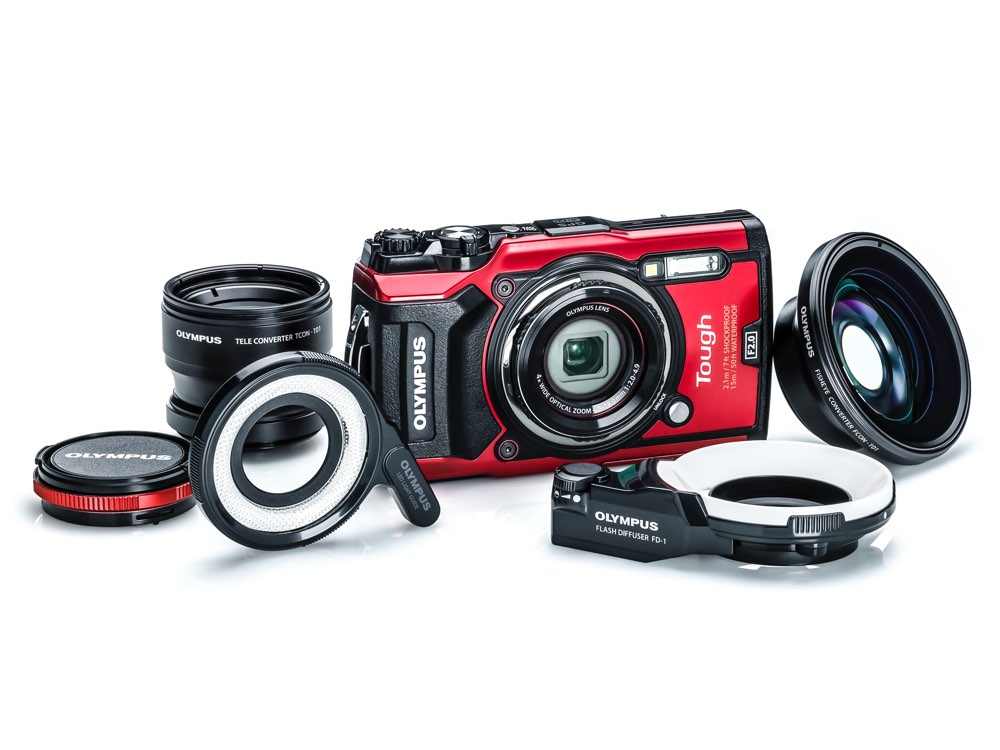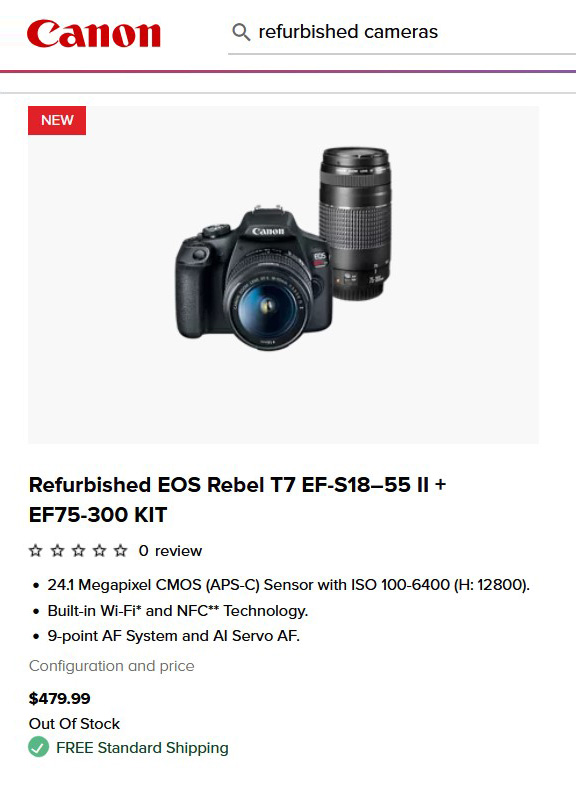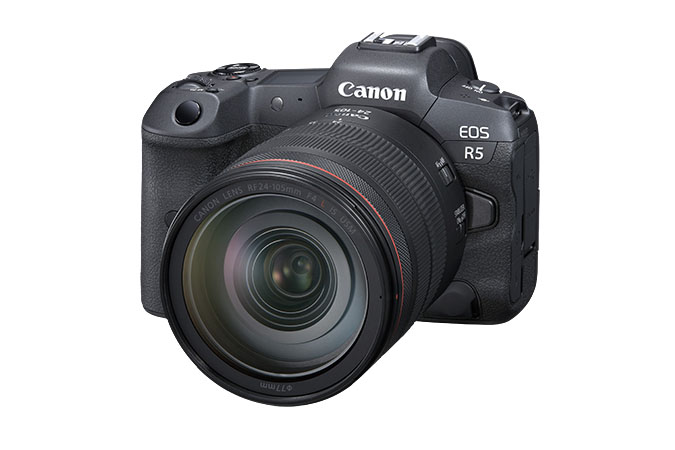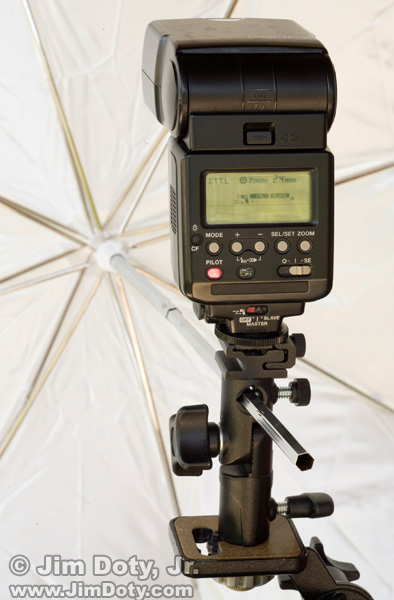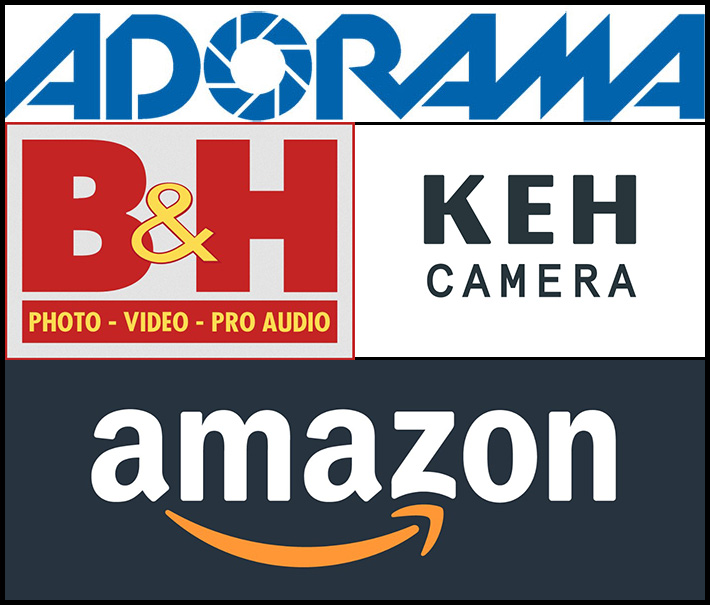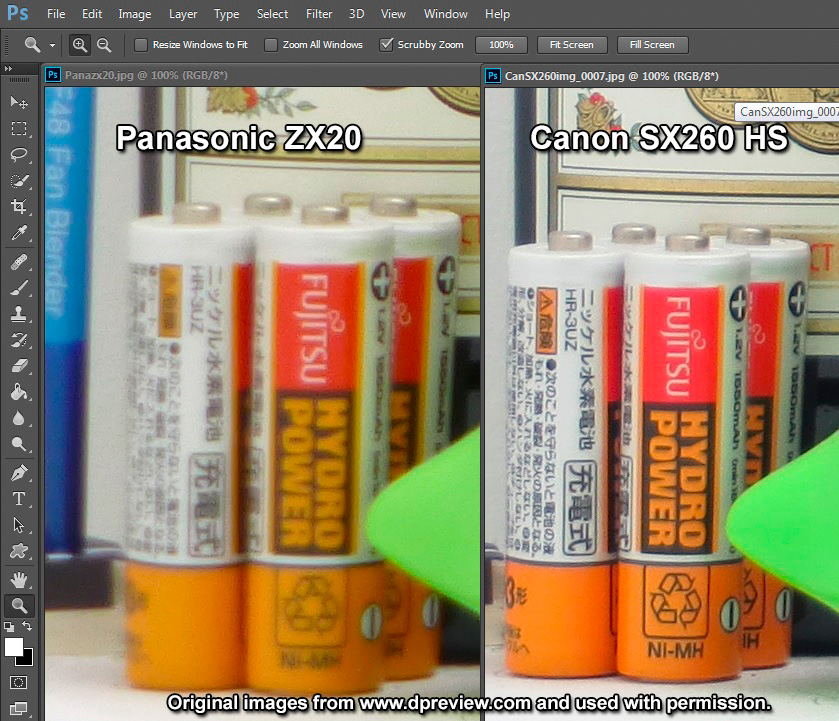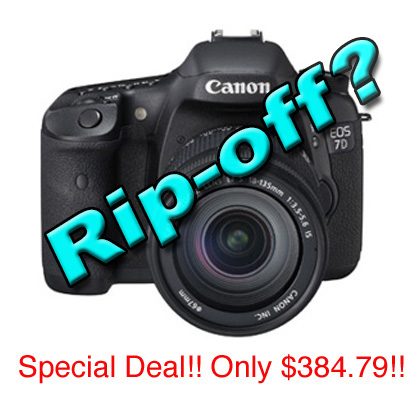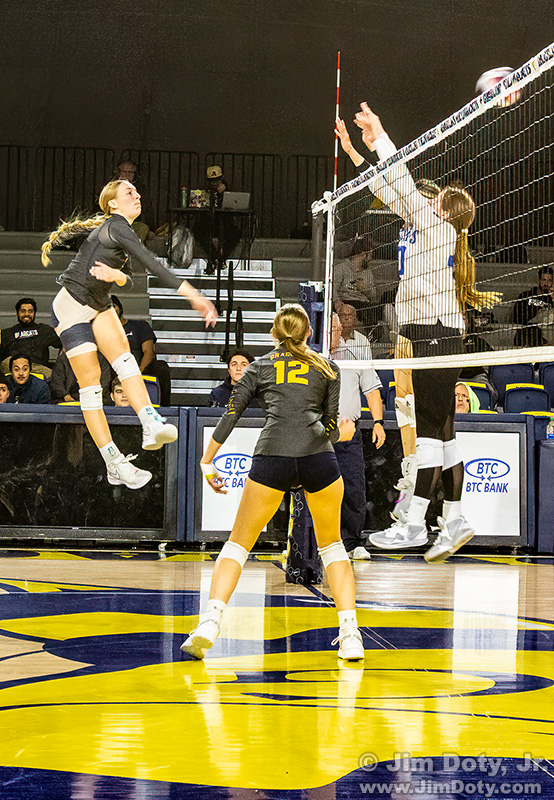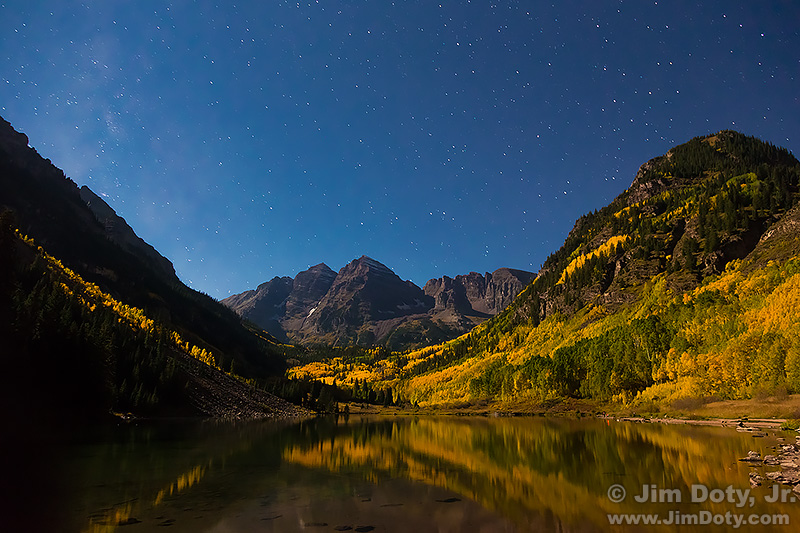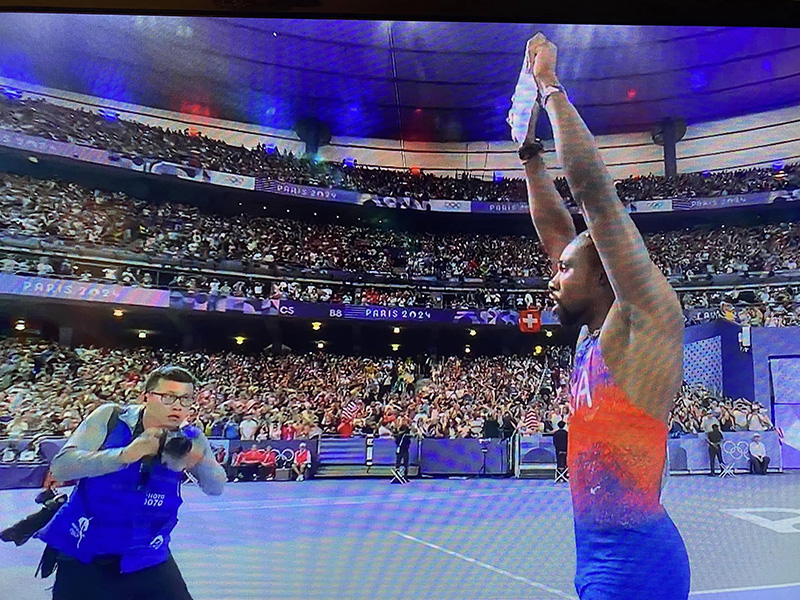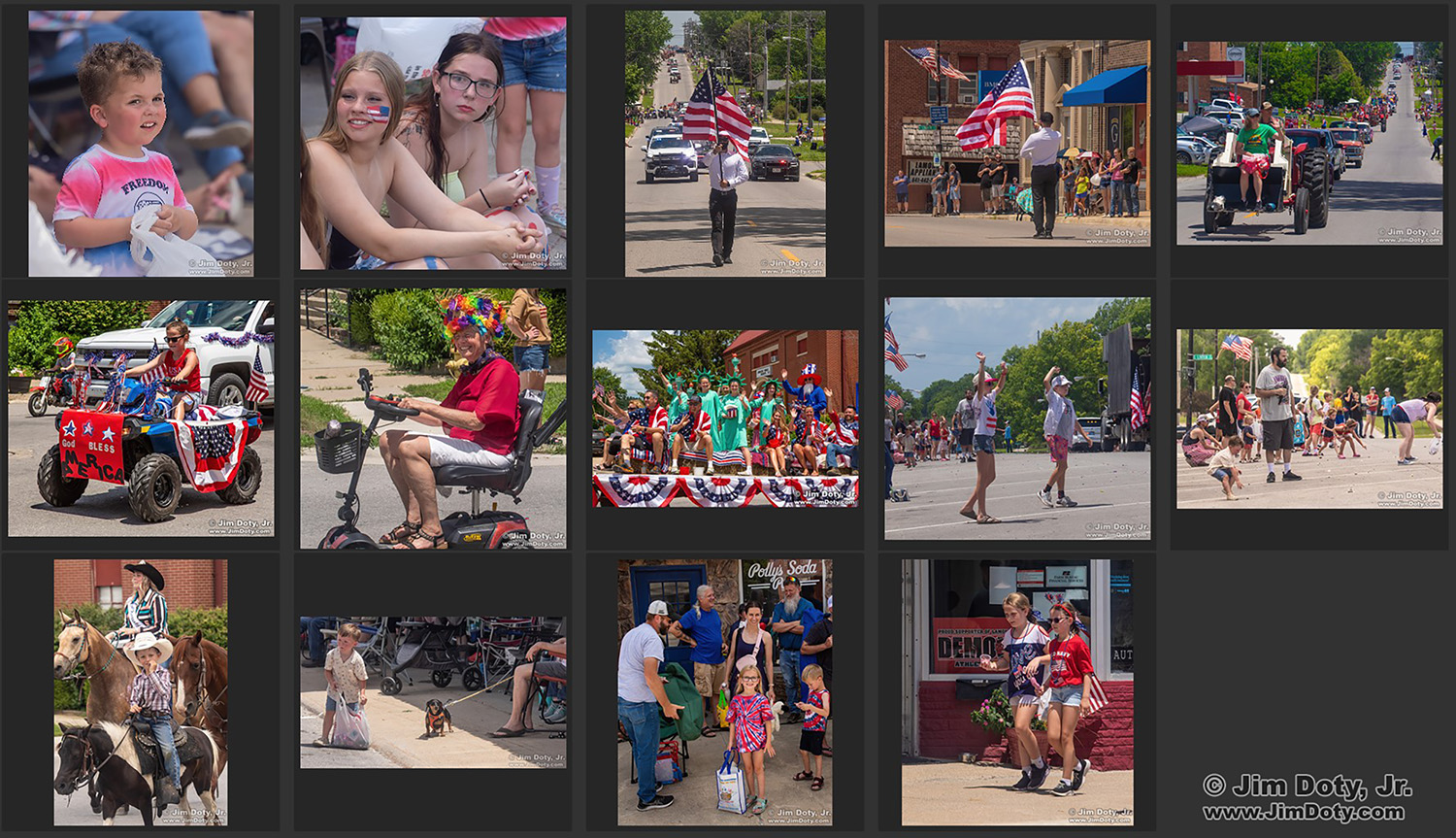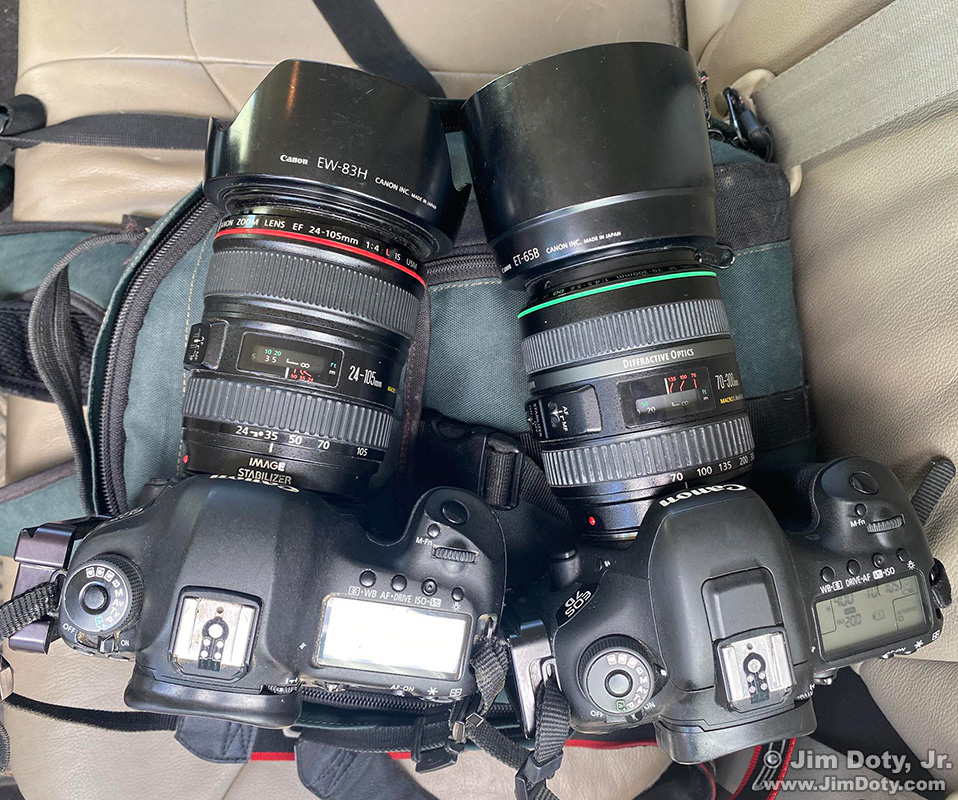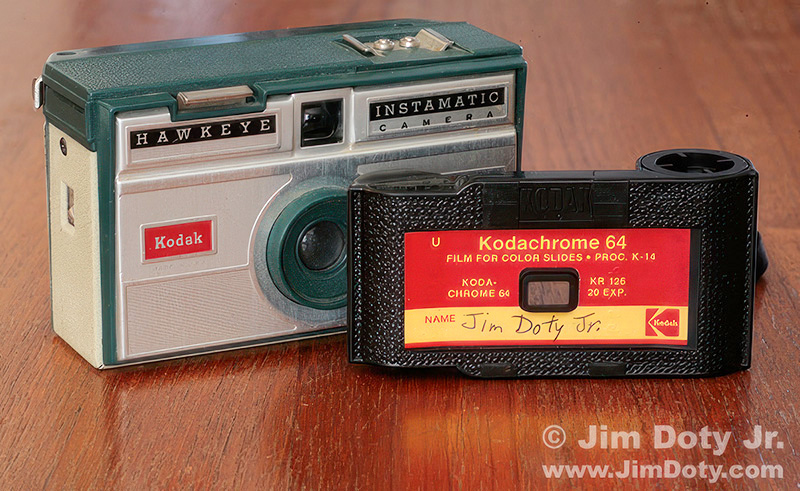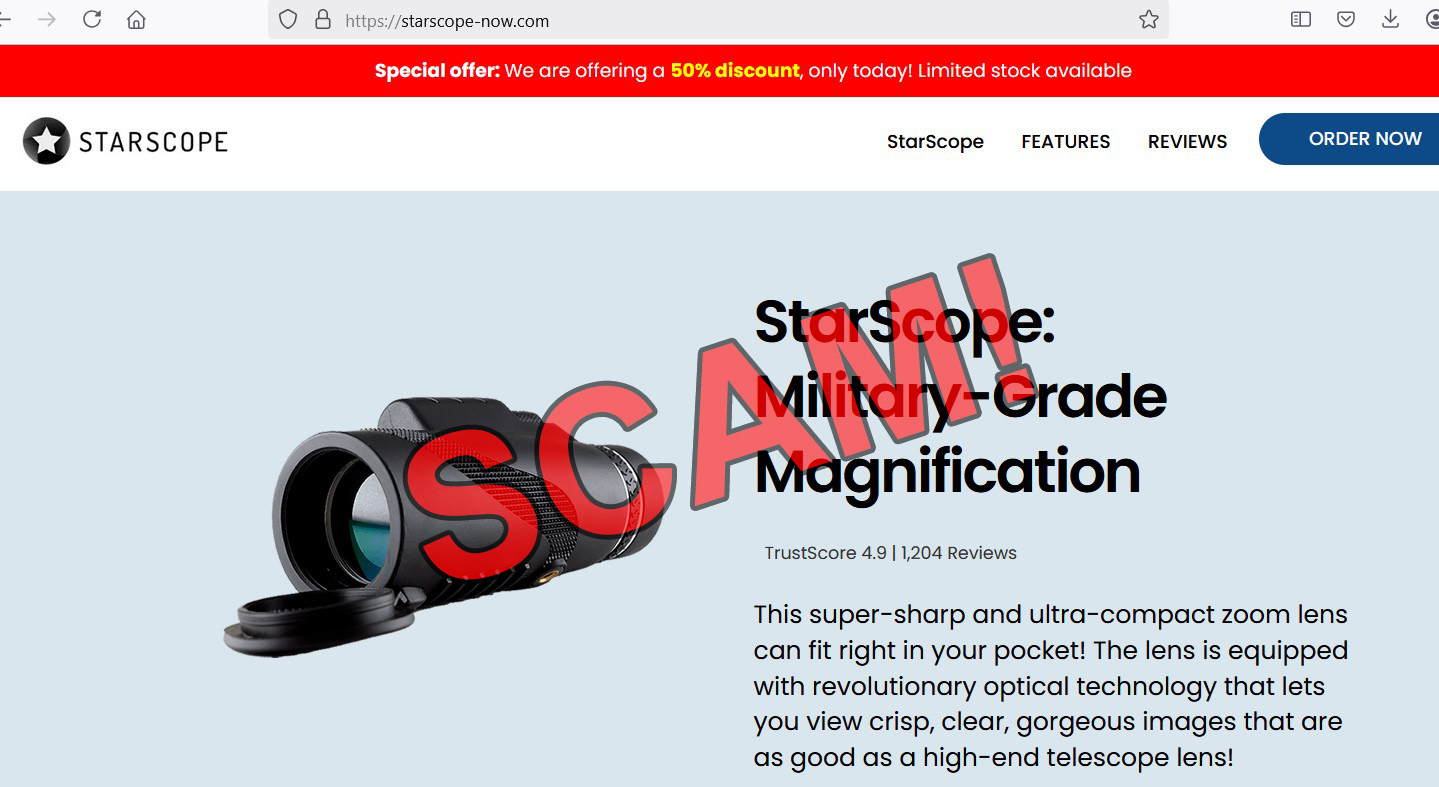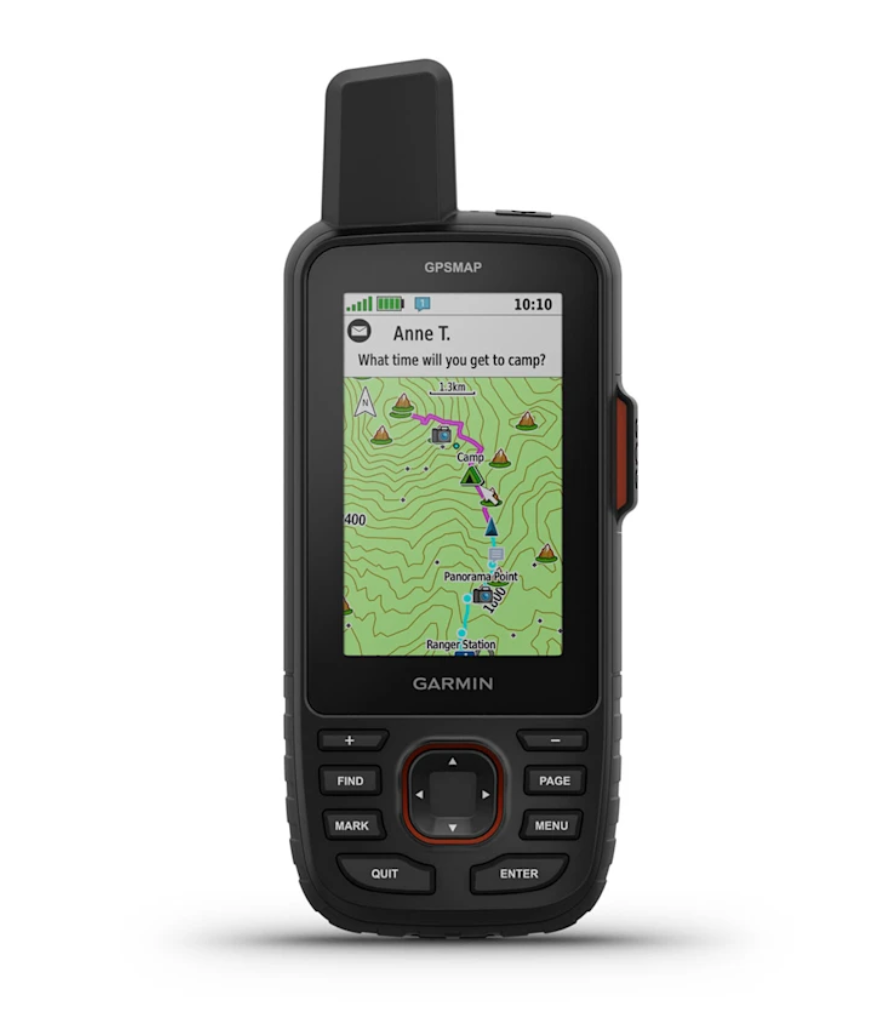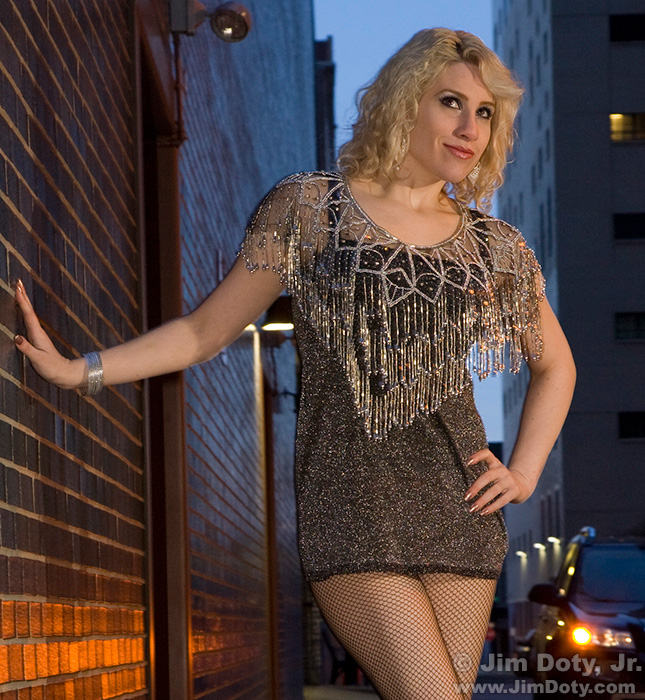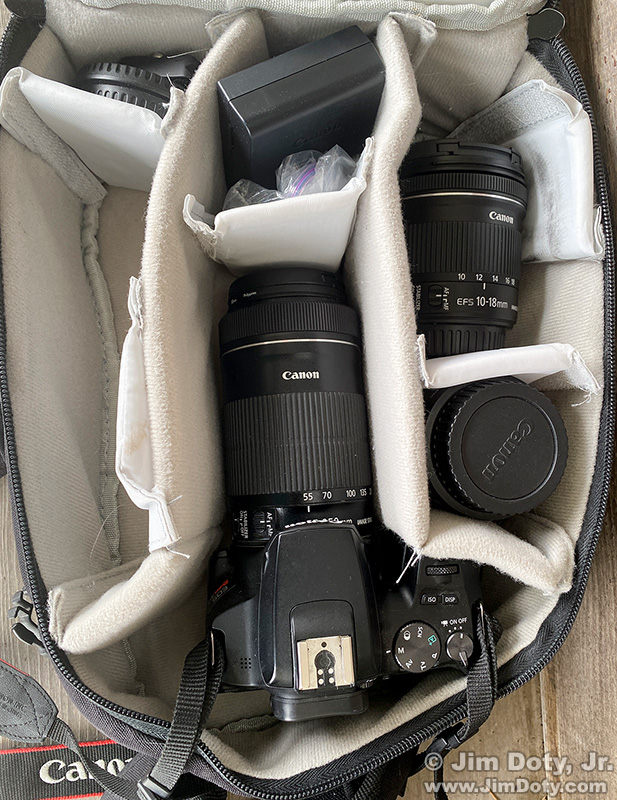On Christmas eve I found myself doing Christmas portraits for Kristina’s portfolio. She is a friend of mine who is a model and actress in L.A. I had to improvise a bit with the lighting and I needed to get the right mix of flash and ambient light for the look I wanted.
Category Archives: Photo Gear
The Best Rugged Digital Cameras for Underwater and the Beach
Water, sand, and grit can wreak havoc with ordinary cameras, so unless you have a waterproof case for your camera (more about that later), your best bet is to get a rugged, waterproof camera for underwater and the beach. This is especially true if you are around salt water.
Get a Quality DSLR and Two Lenses for $500
Yes, you can get a quality, name brand DSLR with two lenses for under $500 at Canon USA. I found this particular kit at the Canon USA web site. They are refurbished items directly from Canon USA and they come with a one year warranty, the same as you get when buying a new Canon camera or lens.
The Best Digital Cameras for 2025 (including 2015-2024)
The holiday season is here and I am getting the usual questions about which digital cameras I recommend. In every price range there are some cameras that are better designed than others. How do you find them? That is what this article is all about.
Inexpensive Gifts (for as little as $7) for Photographers
There are a lot of practical and inexpensive (more or less) gifts for photographers. Here is a nice list of items starting at $8. To make it easy to track them down, these items are individuality linked plus most of these items can be found in the Misc Goodies section of my photography store which has direct links to Amazon.com. Prices are current as of the date of this post, but prices and availability change often. These items are not listed in order of price.
My Favorite Online Camera Stores
Camera Choices: Using Full Size Test Images from DPReview.com
I was comparing the Canon PowerShot SX280 HS with other cameras with similar features (shirt pocket size, 20x zoom range) like the Panasonic Lumix ZS30. There weren’t full reviews of either camera so I went back to reviews of the Canon SX260 HS and the Panasonic ZS20, assuming the current cameras would be somewhat better than the older models and that both would have the pedigree traits of their predecessors (which is often but not always the case for a camera’s family tree).
Should You Buy “Gray Market” Photo Equipment?

What is “gray market” photo equipment and how does it differ from “U.S. Warranty” equipment? Gray market equipment (also called “parallel import”) is imported into the U.S. but bypasses the official U.S. distributor. Gray market equipment costs less, sometimes a lot less.
Great Deal? Don’t Get Burned!
Is it a great deal? Or is it a rip-off? You are searching online for a good price and you come across a terrific deal. Are you about to get burned? There are ways you can tell.
Buy What You Can Afford!
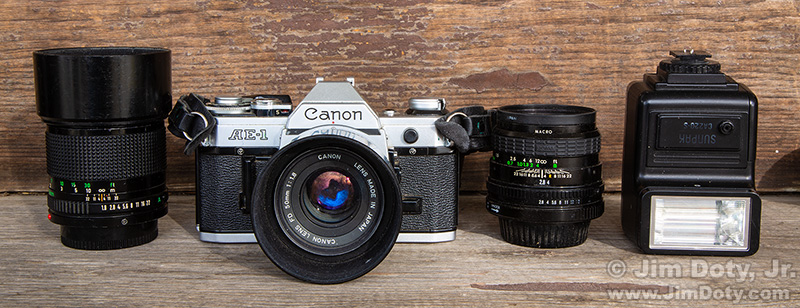
The first rule when choosing camera gear is to buy what you can afford. It is hard to enjoy taking pictures if you are worried about how to pay for the camera you are holding. So buy what you can afford now, and upgrade later. And the second rule? We will get to that later.
Buyer’s Guide: Recommendations For The Best Photography Equipment, Software, Books, Magazines, DVDs, Online Photo Labs, and More
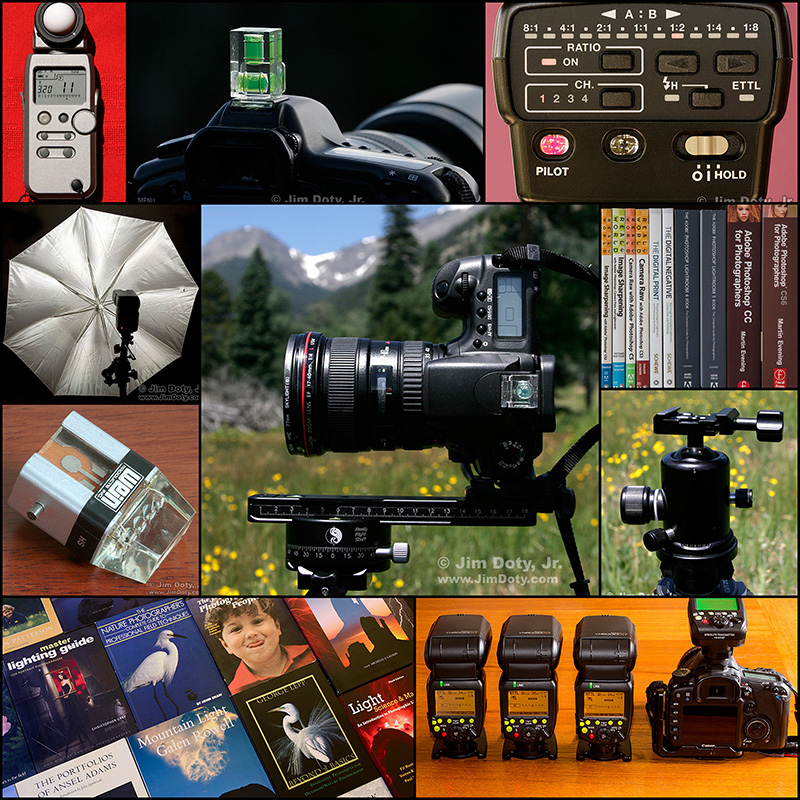 Welcome to my online buying guide for photographers. With over 80 articles it is one of the most comprehensive photography buyer’s guides on the web.
Welcome to my online buying guide for photographers. With over 80 articles it is one of the most comprehensive photography buyer’s guides on the web.
I get lots of photo questions, especially at this time of year, and many of them begin with “What is the best . . . .” They usually come from photographers or someone who is shopping for a photographer. If you are shopping for yourself, or for a photographer in your life, this series is for you.
My “best of the best” series recommends the best photo gear, accessories, software, books, DVDs, online photo labs, and a whole lot more. Thanks to the information in these articles I get emails from photographers thanking me for saving them time, frustration, and a lot of money.
This article is updated annually in November, with some updates in between. Most recent update: November 29, 2025.
Random Volleyball Photography Question
I was watching a football game on TV when my phone dinged with this text message: “What is the best set up and lens for a VB game shot?” My quick answer: a mid range zoom like a 35-80, or better yet a 24-105. From up in the bleachers a longer range zoom lens.
Maroon Lake and the Maroon Bells in the Moonlight
I had never been to Maroon Lake and the Maroon Bells, so I planned a trip. Ten years this evening, Bob (my brother-in-law and long time photo buddy) stood on the lake-shore. I saw them for the first time. I was entranced. I see why this is considered to be one of the two most popular and spectacular scenic locations in Colorado.
Get a Quality DSLR and Two Lenses for Less Than $350
Yes, you can get a quality, name brand DSLR with two lenses for under $350 at Canon USA. I found this particular kit July 31, 2025 at the Canon USA web site.
What You Can Learn from Photographers and their Gear at the Olympics
One year ago today I was watching the Olympics and taking pictures of the TV screen. I noticed how the photographers were equipped.
It’s Not the Camera That Matters, It’s You!
This brief article was inspired by two blurbs I came across online. One was about which Japanese companies sell the most digital cameras, and the other was about which cameras “real photographers use”. Far be it from me to define “real photographers”.
Photos: 4th of July Parade
Every year I photograph the annual 4th of July parade in Lamoni Iowa. In addition to the 14 “selects” I share below, I discuss the equipment I use, the number of photos, and at the end of this article I describe what I look for when I photograph a parade. “Selects” is a newspaper/magazine word for the best photos (the photos selected) out of all the photos created. An editor working on an event article might say to a photographer, “Send me a dozen of your selects”, so the photographer would send 12 images out of all the photos that were created at the event.
Photo Gear for a Parade
This is the photo gear I used at yesterday’s 4th of July parade. This is pretty much my standard event photography kit. On the left is a Canon 5D Mark III with a Canon 24-105mm lens. On the right is a Canon 7D Mark II with a Canon 70-300mm DO IS lens. On the rare occasion that I need a longer lens, I take a 100-400mm lens instead of the 70-300mm lens.
Today, June 29, is National Camera Day!
This Kodak 126 Instamatic cartridge camera was my first camera. It was a gift from my parents when I was in high school. I used print film cartridges for about 3 years. It was not until I was in college that I made the switch to slide film cartridges. With a few rare exceptions I continued to use slide film until 2003. I did not take a lot of pictures. My first two rolls of slide film lasted from August 1968 to the summer of 1969 and they include two summer camps, some college life photos and my first photo of my girlfriend (and now wife) Melissa. I used this Instamatic camera for about 8 years.
Metaphid Jumping Spider
When a rare photo opportunity comes your way, jump on it (pun intended). You have no idea if or when it will happen again.
Get a Quality DSLR and Two Lenses for $500
Yes, you can get a quality, name brand DSLR with two lenses for under $500 at Canon USA. I found this particular kit today (June 19, 2025) at the Canon USA web site.
Choosing Lens Focal Lengths
A photographer came by recently for some lens purchasing advice. He is headed for Alaska in a couple of months and he has a new R-series Canon camera body. Before his visit I dropped over 700 of my favorite Alaska and Colorado photos into a folder and opened the folder with Adobe Bridge. One of the cool things about Bridge is you can search for photos by the lens that was used, or even individual focal lengths. That way I could show him what was possible with lenses of different focal lengths.
Recent Photos Created with My Toy Camera Kit
Based on the theory that you can create nice images with inexpensive camera gear, these photos were all taken with my “toy camera” and a $239, 55-250mm telephoto lens. I am impressed with the job this lens is doing. These are recent examples.
The Starscope Monocular Scam is Back
We’ve been down this road before. To understand how this scam works, read this article. It covers all the details.
The Starscope Monocular, It Is The Same Old Scam
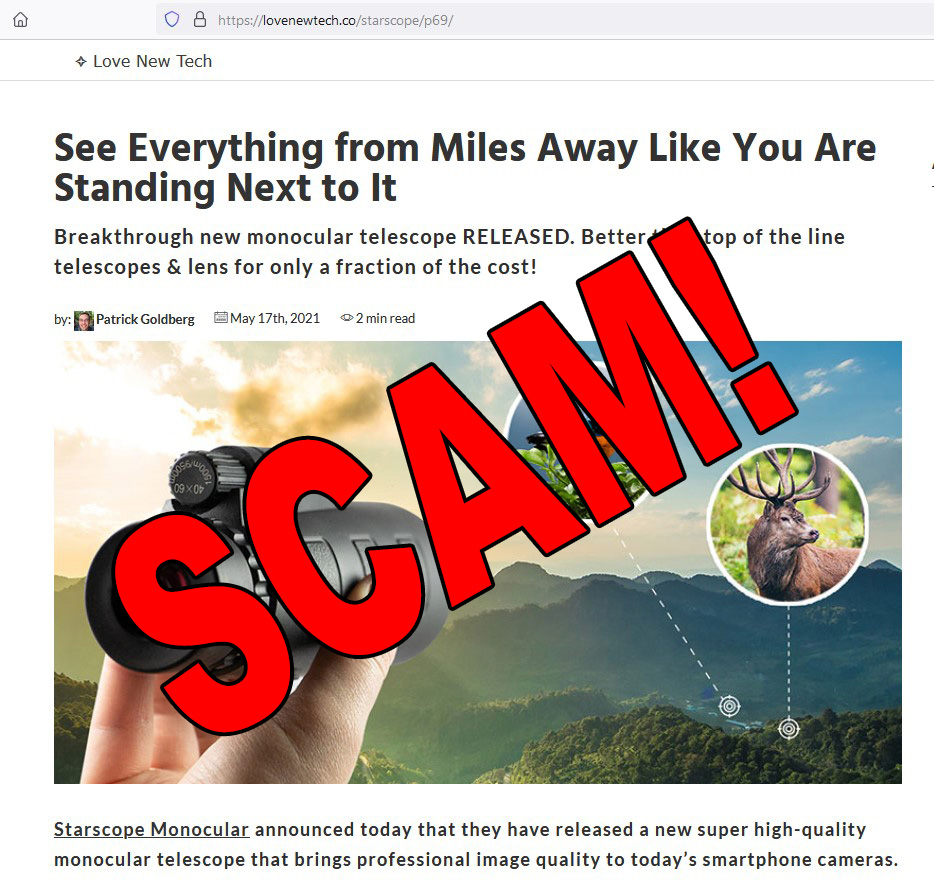
We’ve been down this road before (see the first link at the end). The scam works like this. Pick an inexpensively made product from China, jack up the price, make up ridiculous and false claims about the quality of the product and what it can do, and sell it on dozens of web sites using ads thinly disguised as articles. Go to the internet and grab professional photographs created with high dollar professional camera gear and put the photos in the ads to give the impression the photos were made with the Chinese product. And for good measure, say in the ads that the product was designed by American or German engineers and manufactured in the U.S. or Germany. Create fake customer reviews to go in the ads, and for good measure, create fake reviews sites to endorse the quality of the product.
Satellite Communicators: The GPS Messaging Devices That Can Save Your Life
You need help. You can barely move. You are far enough from the trail that no one can hear your voice. You have no cell phone signal. What do you do?
Every now and then you hear tragic stories about people who lose their lives simply because they didn’t have a cell phone signal and couldn’t call for help in an unexpected emergency. A $300 satellite communicator would have saved their lives.
How To Work With A Model (or Anybody Else) When The Windchill is 4°
You would think a windchill of 4° Fahrenheit (-16°C) would be too cold for a photo shoot, but not with some models. Selina and I booked this January shoot weeks in advance so we knew it would be cold, but we had no idea how cold until the day arrived. Despite the frigid temperatures, Selina did no want to reschedule for later. When we created the image above the windchill was 4°. By the end of the shoot the windchill was 3°. Incidentally, this image made it into my photography book (page 217). Here’s the story behind this image and how to work with a model (or anybody else) when it is so cold.
Buyer’s Guide: Recommendations For The Best Photography Equipment, Software, Books, DVDs, Online Photo Labs, and More
 Welcome to my online buying guide for photographers. With over 80 articles it is one of the most comprehensive photography buyer’s guides on the web.
Welcome to my online buying guide for photographers. With over 80 articles it is one of the most comprehensive photography buyer’s guides on the web.
I get lots of photo questions, especially at this time of year, and many of them begin with “What is the best . . . .” They usually come from photographers or someone who is shopping for a photographer. If you are shopping for yourself, or for a photographer in your life, this series is for you.
My “best of the best” series recommends the best photo gear, accessories, software, books, DVDs, online photo labs, and a whole lot more. Thanks to the information in these articles I get emails from photographers thanking me for saving them time, frustration, and a lot of money.
This article is reposted annually in November with some updates in between. Reposted: November 30, 2024. Most recent update: December 19, 2024.
How To Mix Flash and Ambient Light for a Christmas Portrait
On Christmas eve I found myself doing Christmas portraits for Kristina’s portfolio. She is a friend of mine who is a model and actress in L.A. I had to improvise a bit with the lighting and I needed to get the right mix of flash and ambient light for the look I wanted.
My Inexpensive, Featherweight “Toy” Camera Kit
Compared to my regular camera bag, this is my go anywhere, travel light, inexpensive, featherweight kit. The camera gear and the backpack weigh 4.8 pounds. In addition to the camera and three lenses, there is a spare battery, battery charger, and extra memory cards.


